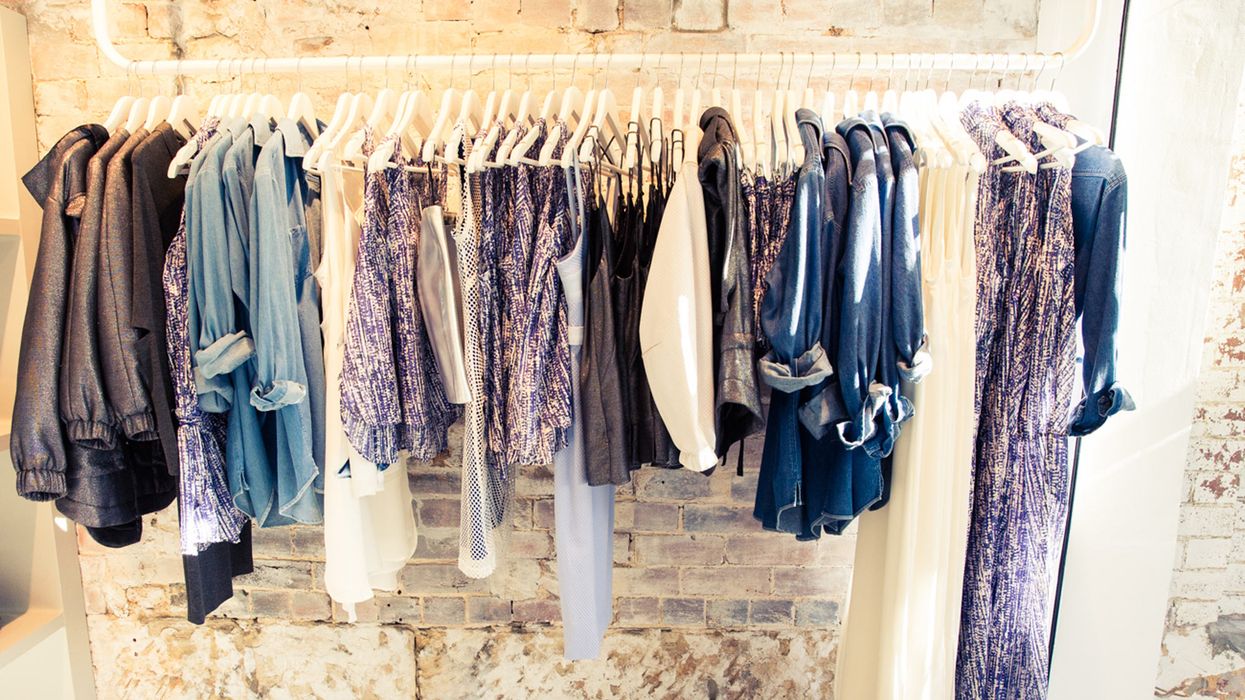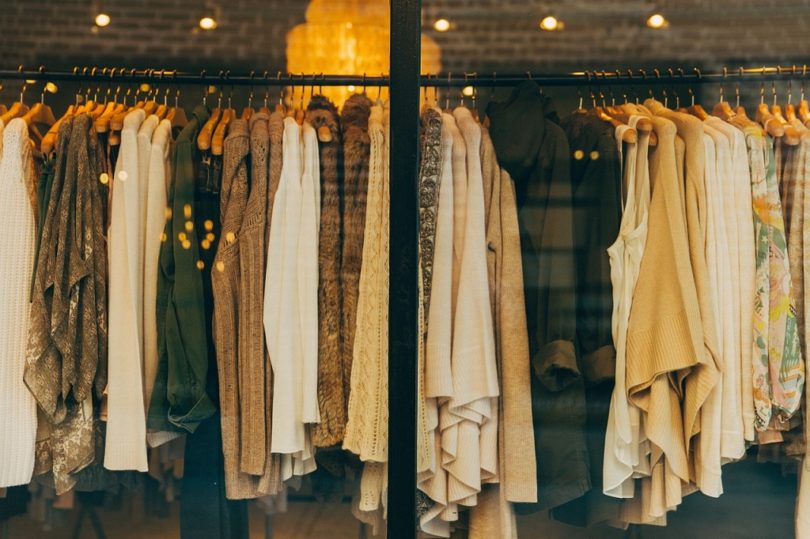A Newbie's Guide to Browsing the Boutique Fashion Scene
A Newbie's Guide to Browsing the Boutique Fashion Scene
Blog Article
A Deep Dive Into the World of High-Fashion Runways: Comprehending Apparel as Art
High-fashion paths have actually arised as arenas where clothes transcends its practical beginnings, evolving into an advanced kind of imaginative expression. Designers, similar to masterful musicians, weave detailed stories with fabric, form, and shade, redefining and testing standard norms appeal criteria. These shows are much more than simple displays; they are immersive experiences, where every stitch and seam tells a tale abundant with social value and progressive advancement. As we discover these sartorial eyeglasses, we must consider: what role does style play fit societal values, and just how does it reflect the ever-changing tapestry of human feeling and identification?
The Advancement of Runway Shows
The trajectory of path shows has actually transformed dramatically over the years, evolving from unique industry events to captivating eyeglasses that blend fashion with art. Traditionally, path shows were intimate events, kept in ateliers or little venues, mostly participated in by purchasers and industry experts. These early presentations concentrated on the garments' workmanship and industrial practicality, using a functional and direct screen of seasonal collections.
As the garment industry increased, the nature of runway programs began to change. The 1970s and 1980s marked a transforming factor, with designers seeking to identify themselves with more theatrical presentations. This era saw the rise of elaborate sets, choreographed designs, and thematic stories, advertising a brand-new age where the runway ended up being an experiential system. The shows transformed right into a kind of storytelling, where each collection communicated a distinctive story or concept.
In recent times, technology and social media sites have actually better revolutionized path programs, making them available to a worldwide target market. Livestreaming and digital platforms have democratized fashion, permitting fanatics worldwide to witness these occasions in real-time (boutique fashion). This advancement reflects a more comprehensive cultural change, where high-fashion paths act as a vibrant intersection of style, efficiency, and innovation
Designers as Visionary Artists
Designers in the high-fashion market have actually obscured the lines between functional garment development and the theoretical world of art. By welcoming imaginative self-controls such as sculpture, paint, and avant-garde installments, developers craft garments that challenge standard style norms and raise them to art forms.
Visionary developers attract inspiration from a myriad of resources, including abstract art, historic referrals, and personal stories. They have a distinct capacity to imagine and emerge concepts that push the limits of conventional style, often redefining aesthetic paradigms while doing so. This innovative ingenuity is showcased with dramatic silhouettes, innovative materials, and complex workmanship, which invite viewers to experience fashion as greater than just wearable things.
Moreover, the path offers as a canvas for these musicians, where lights, music, and established layout coalesce to produce immersive experiences. These presentations are not merely display screens of apparel yet are orchestrated efficiencies that stimulate emotion and prompt thought, affirming the designer's duty as a true artist in the modern cultural landscape.
Cultural Influences in Style
Social tapestry weaves its intricate patterns into the material of fashion, influencing developers around the world. The dynamic interchange of social tales, practices, and signs educates and influences collections that elegance high-fashion runways. Developers carefully draw from their heritage or involve with societies unique from their very own, crafting garments that serve as aesthetic narratives. This cultural dialogue not just enriches the aesthetic variety but additionally fosters a much deeper understanding and admiration of international identities.
The influence of culture on style is typically seen in the reinterpretation of typical garments and patterns. As an example, making use of Japanese bathrobes, Indian saris, or African prints in contemporary fashion mirrors a mix of social authenticity and modern aesthetics. Designers such as Valentino's Pierpaolo Piccioli and Alexander McQueen's Sarah Burton have actually been understood to incorporate abundant social motifs right into their couture collections, equating history into wearable art.

Advancement in Fabric and Layout
Development in textile and style continually reshapes the landscape of high-fashion, pushing limits and redefining opportunities. Designers are increasingly discovering the integration of innovation, such as 3D printing, which enables for the production of complicated structures that were formerly inconceivable.
Furthermore, sustainability has come to be a pivotal motif in textile development. The garment industry is seeing a rise in making use of eco-friendly products, stemmed from recycled plastics, organic fibers, and also biodegradable parts. These advancements not only supply new appearances and aesthetic appeals yet likewise address critical ecological concerns. Developers are accepting these materials to craft garments that are both visually striking and mindful of their environmental footprint.
In terms of design, progressive silhouettes and speculative kinds are continually reinventing the runway. By including sophisticated strategies and unconventional materials, developers cultivate garments that obscure the line in between style and art, setting new criteria for creative thinking and expression in the high-fashion round.
Impact of Style on Culture
Fashion wields a profound impact on society, functioning as both a representation of cultural identification and a stimulant for social change. Via its development, fashion has actually resource mirrored social shifts, enveloping the zeitgeist of various periods. The flapper outfits of the 1920s personified a newly found feeling of ladies's freedom, while the strong prints of the 1960s echoed the advanced spirit of the time. High-fashion runways, in particular, act as platforms for tough norms and redefining beauty requirements. Designers utilize these places to deal with pushing social problems, from sustainability to diversity, thus shaping public discourse.
Additionally, fashion has the power to bridge social voids, fostering understanding and recognition among varied groups. As globalisation speeds up, the cross-cultural exchange of fashion concepts comes to be increasingly substantial, promoting inclusivity and variety. The rise of streetwear, stemming from metropolitan subcultures, shows exactly how style can go beyond socio-economic borders, approving people a means of self-expression and empowerment.
Basically, style is not just about visual appeals; it is Clicking Here a vibrant pressure that influences values, perspectives, and social progression (boutique fashion). By constantly connecting with social and cultural currents, style remains an indispensable part of the collective human experience

Final Thought
High-fashion runways offer as vibrant arenas where clothing goes beyond capability to come to be an expressive art kind. Designers, similar to visionary musicians, manage collections that reflect identity, emotion, and cultural stories, testing standard appearances. The blend of cutting-edge material and layout, paired with intricate set styles, lights, and music, produces immersive experiences that celebrate social diversity. This crossway of fashion and artistry not just mesmerizes audiences worldwide yet additionally affects social assumptions and promotes a much deeper recognition for social variety.

Cultural tapestry weaves its elaborate patterns into the fabric of style, affecting designers around the world.Fashion wields a profound influence on culture, serving as my explanation both a reflection of cultural identification and a stimulant for social change.
Report this page